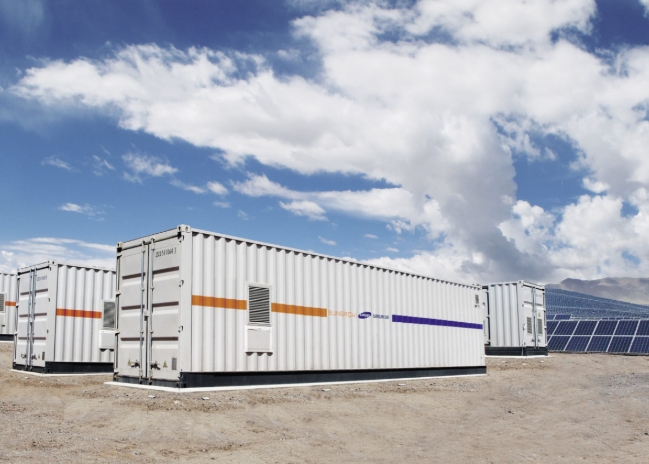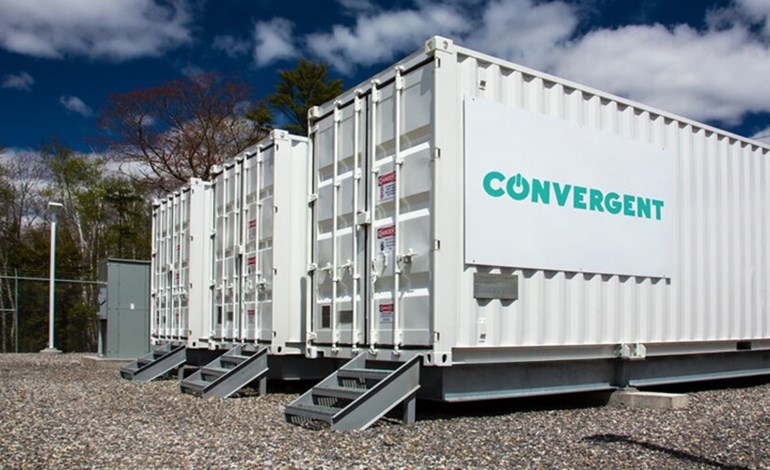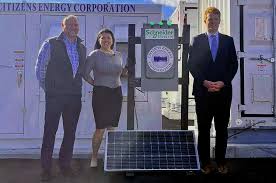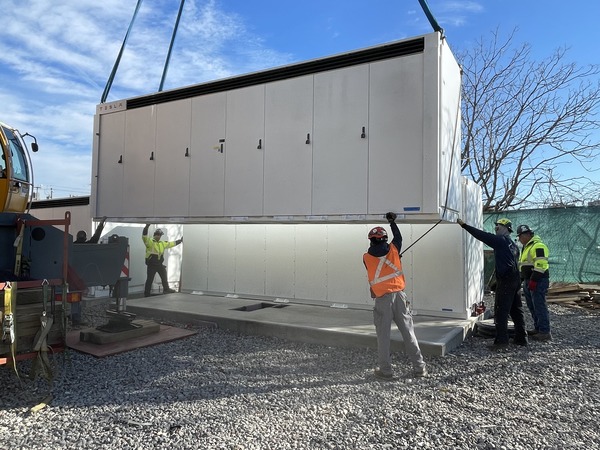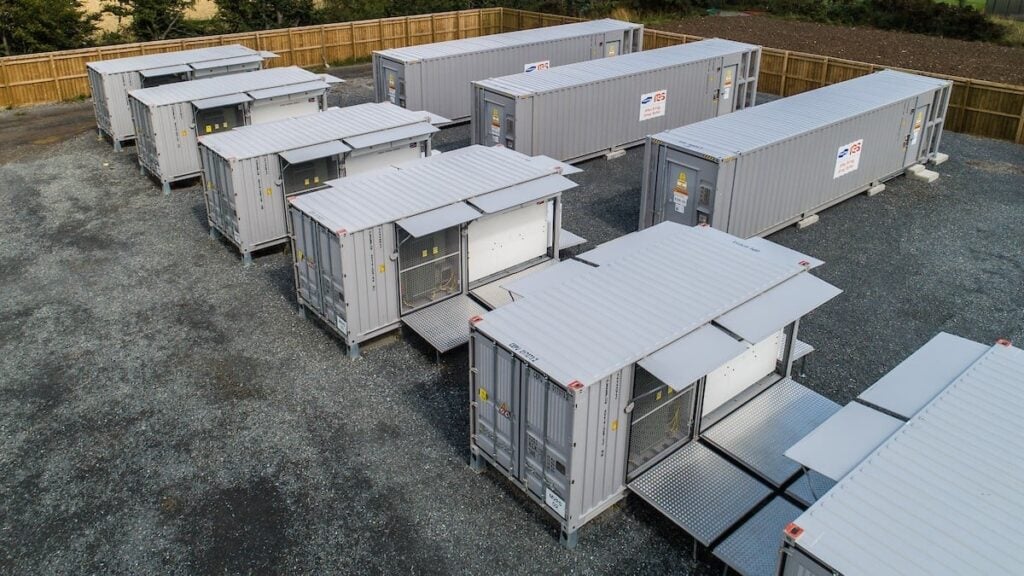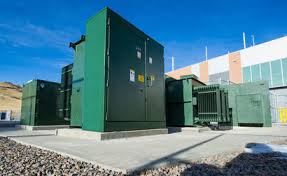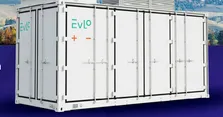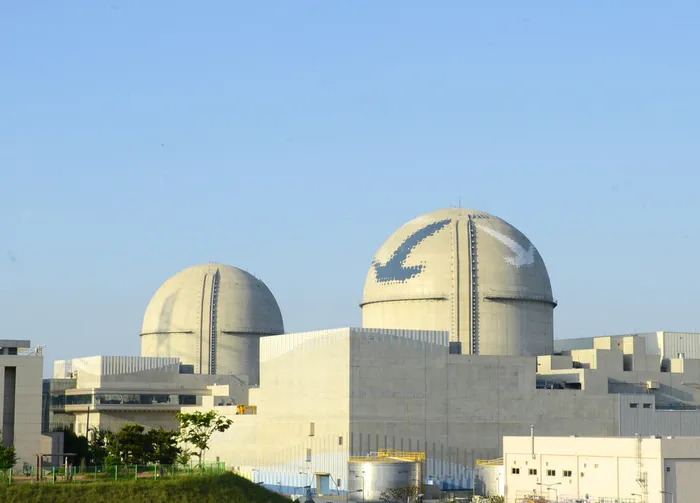
South Korea plans to build up to three new nuclear reactors by 2038 in line with efforts to cut carbon emissions and meet the growing electricity demand, officials said Friday.
The plan, which will run from 2024 to 2038, comes under the biennial energy blueprint submitted by a group of experts to the government, which sets a strategy for the supply of electricity and the energy portfolio, according to the Ministry of Trade, Industry and Energy.
Under the plan, the portion of carbon-free energy sources in the country's portfolio, which stood at around 40 percent in 2023, will rise to 70 percent by 2038.
To meet this target, South Korea especially plans to construct up to three new nuclear reactors by 2038, marking the first such initiative in nearly a decade.
Currently, South Korea operates 26 nuclear reactors, with four under construction.
"We have determined that building up to three new reactors is feasible, but this requires the government's final decision based on the number of locations that can be secured," an official said.
The plan aligns with the Yoon Suk Yeol administration's efforts to reverse the previous government's nuclear phase-out policy.
As the country aims to use nuclear energy as one of its major sources, the sector is anticipated to take up 35.6 percent of total power generation in 2038, up from 31.8 percent expected for 2030.
Given that building a nuclear reactor typically takes around 14 years, including the time required to secure a site, the planned reactors could be operational by the target year if the government initiates the process this year.
The blueprint reflects the plan to launch a small modular nuclear reactor (SMR) by 2035 for the first time as well, with a capacity of 0.7 gigawatt. Generally, 1 GW is equivalent to the capacity of a nuclear reactor.
"The 11th energy basic plan aims to proactively achieve carbon neutrality by harmonizing the use of renewable sources and nuclear power," the ministry said in a statement.
"By reducing the country's dependence on overseas fossil fuels, the plan will contribute to enhancing energy security," it added.
The ministry said the blueprint also aims to scientifically estimate future power demand to address the growing electricity demand from industries amid the rise of cutting-edge sectors, such as data centers.
"Following the rise of the artificial intelligence sector, the power demand from the semiconductor and data center industries will more than double from 2023 to 2030," the ministry said.
The portion of coal power, meanwhile, will fall to 10.3 percent in 2038, down from 17.4 percent projected for 2030. The sector accounted for 33.2 percent of the country's power generation in 2023, separate data from the Korea Electric Power Corp. showed.
Renewable sources, including solar and wind power, will make up 32.9 percent of South Korea's energy portfolio in 2038, significantly rising from 21.6 percent in 2030. In 2023, they took up 7.9 percent of the power generation.
South Korea will also double the use of hydrogen and ammonia over the period, with these resources taking up 5.5 percent of total power generation in 2038.
"By building additional nuclear reactors, expanding the use of hydrogen and significantly increasing the use of renewable sources, such as solar and wind power, we can enter the era of carbon-free energy," a ministry official said. (Yonhap)
